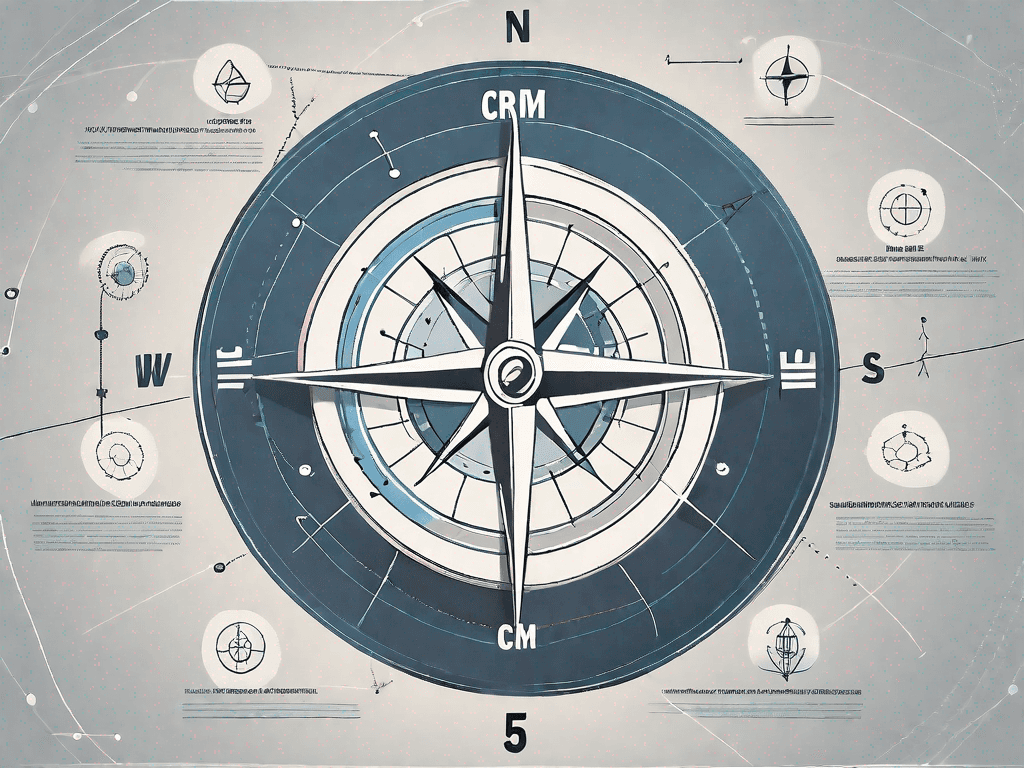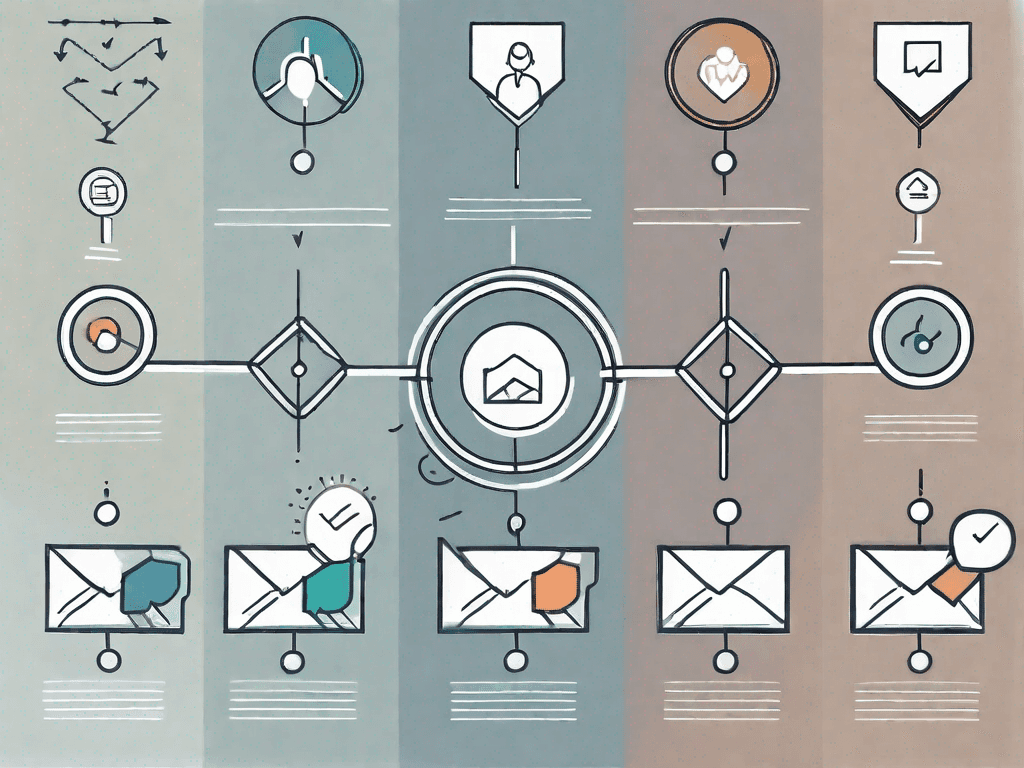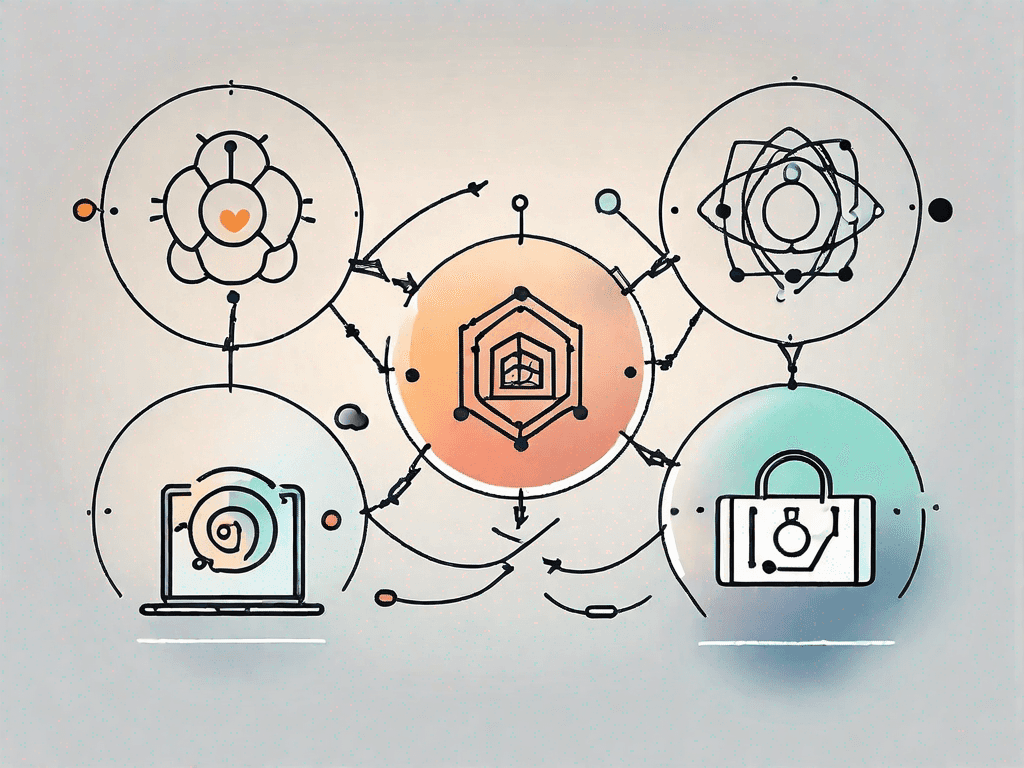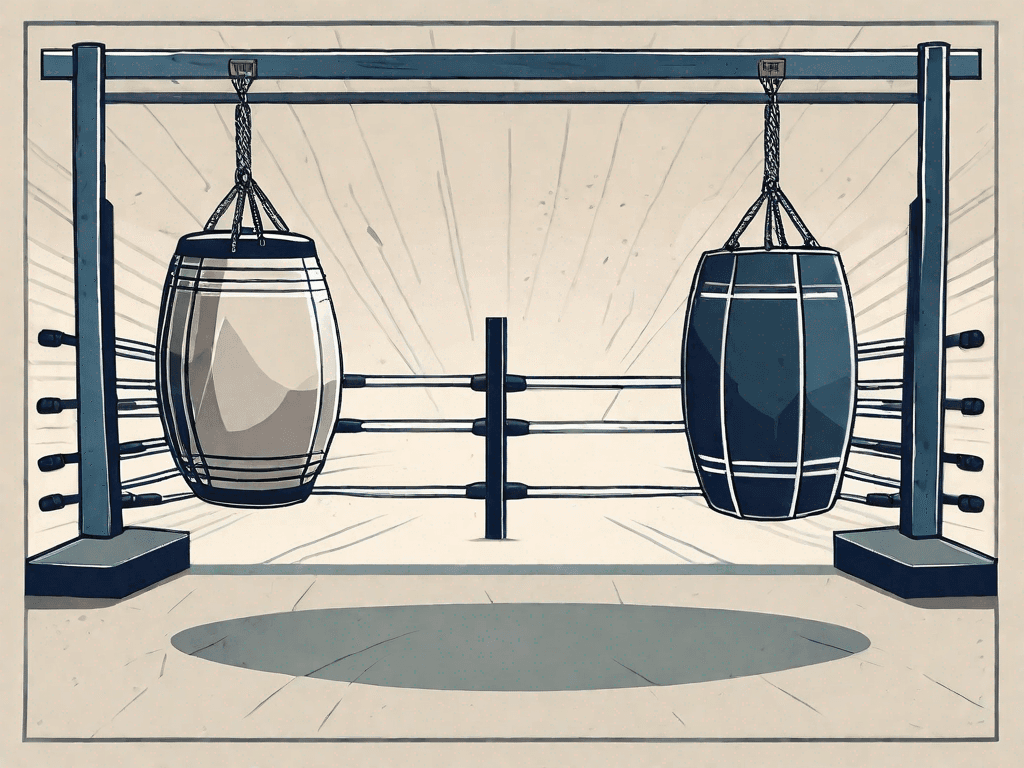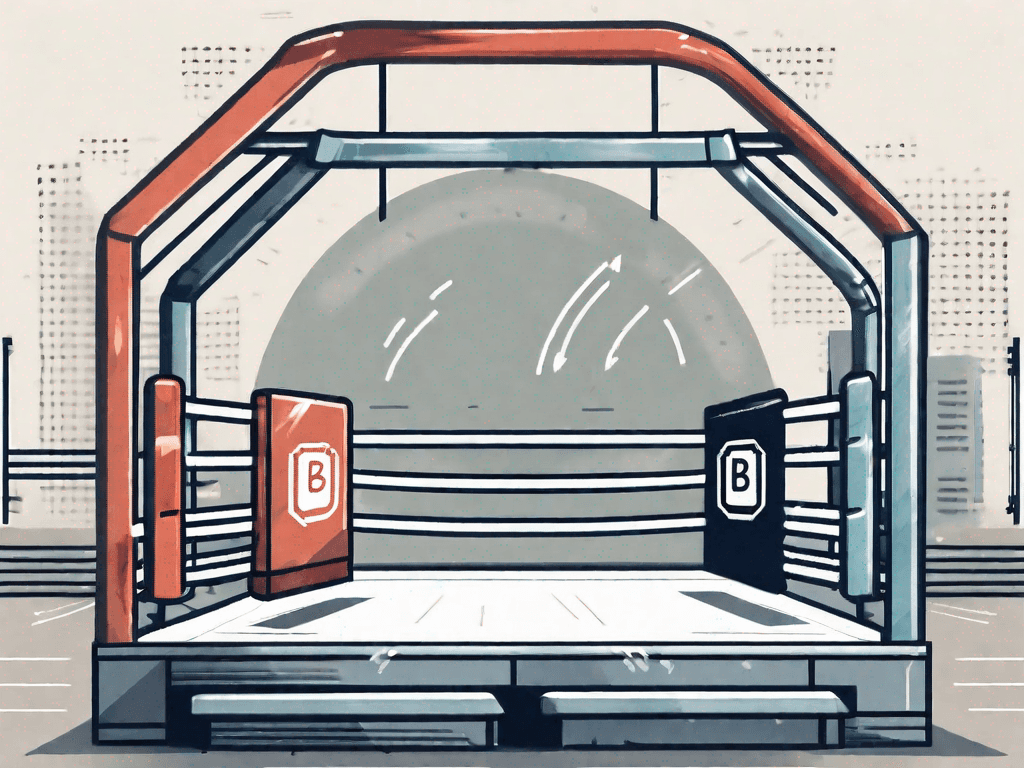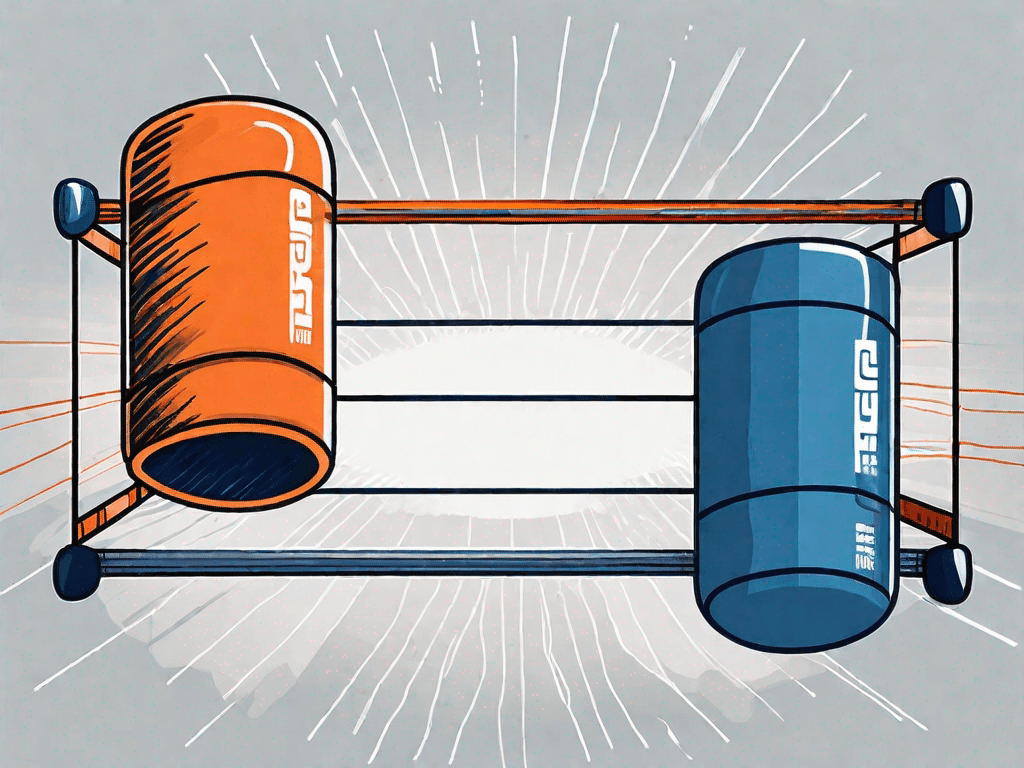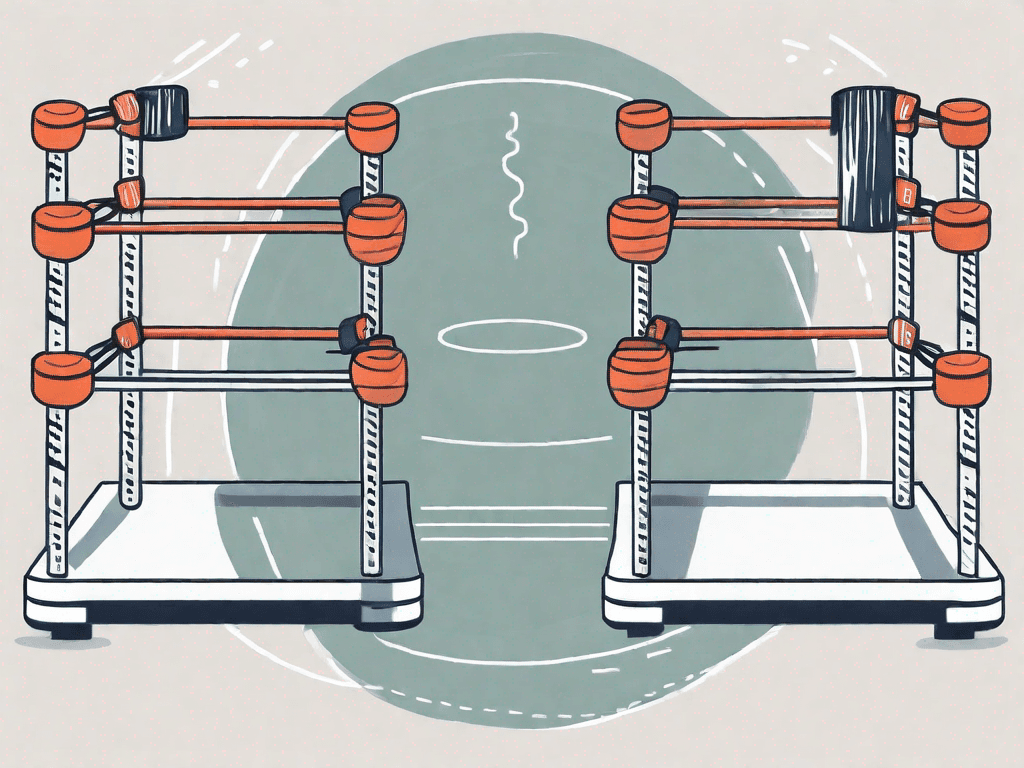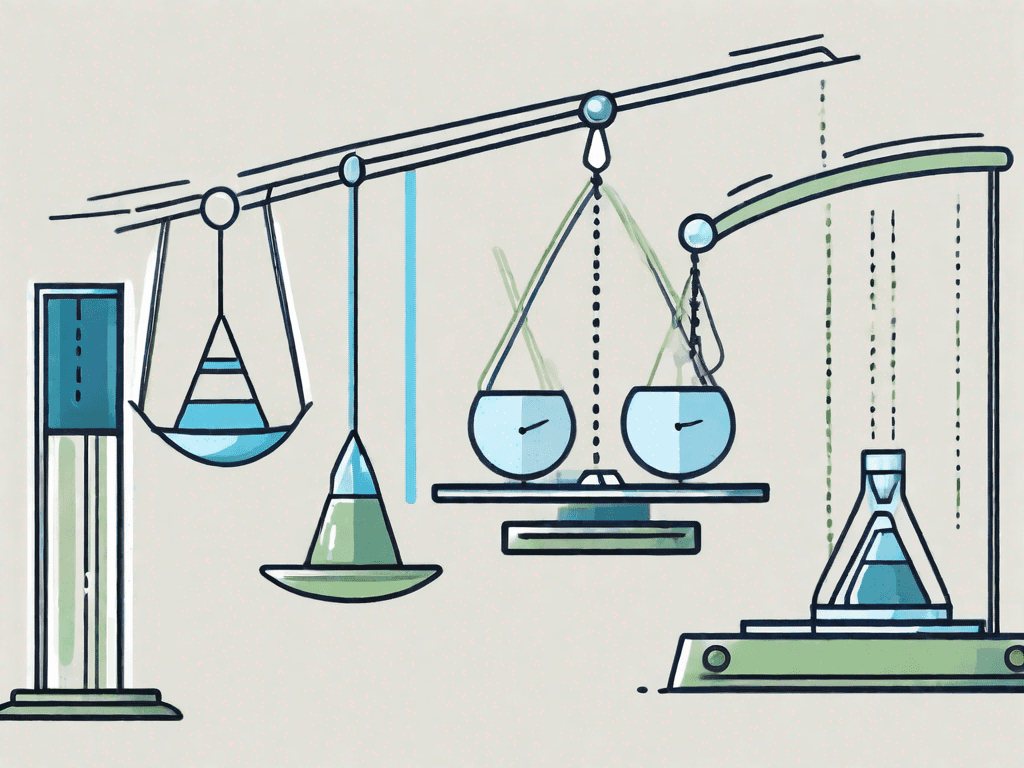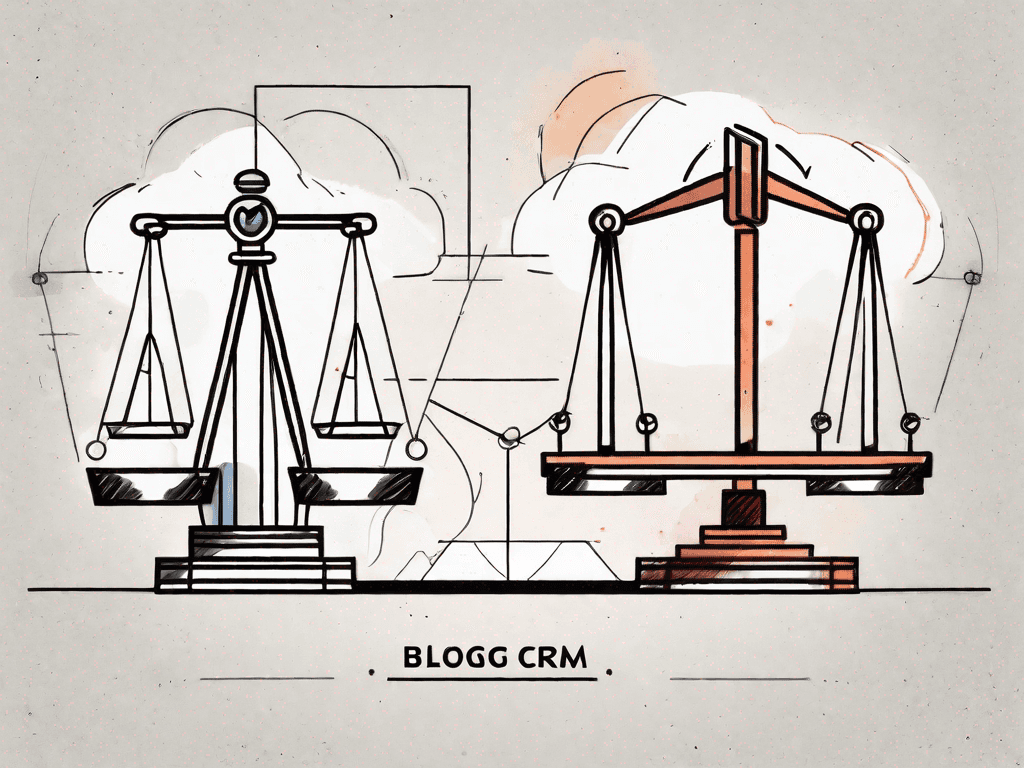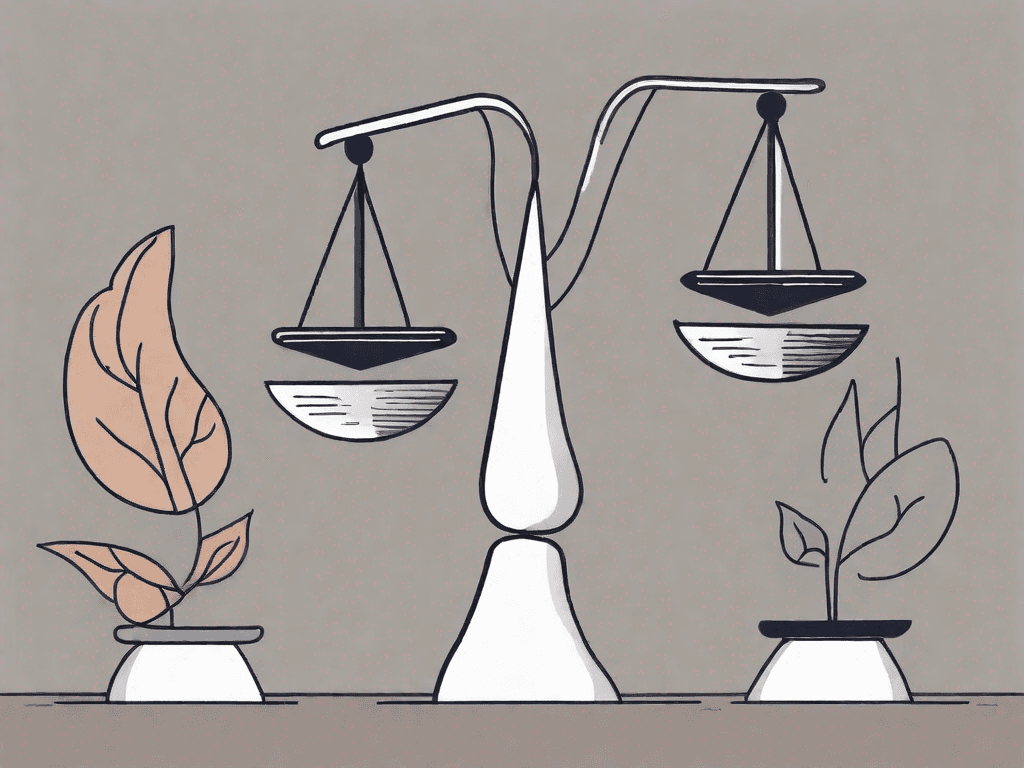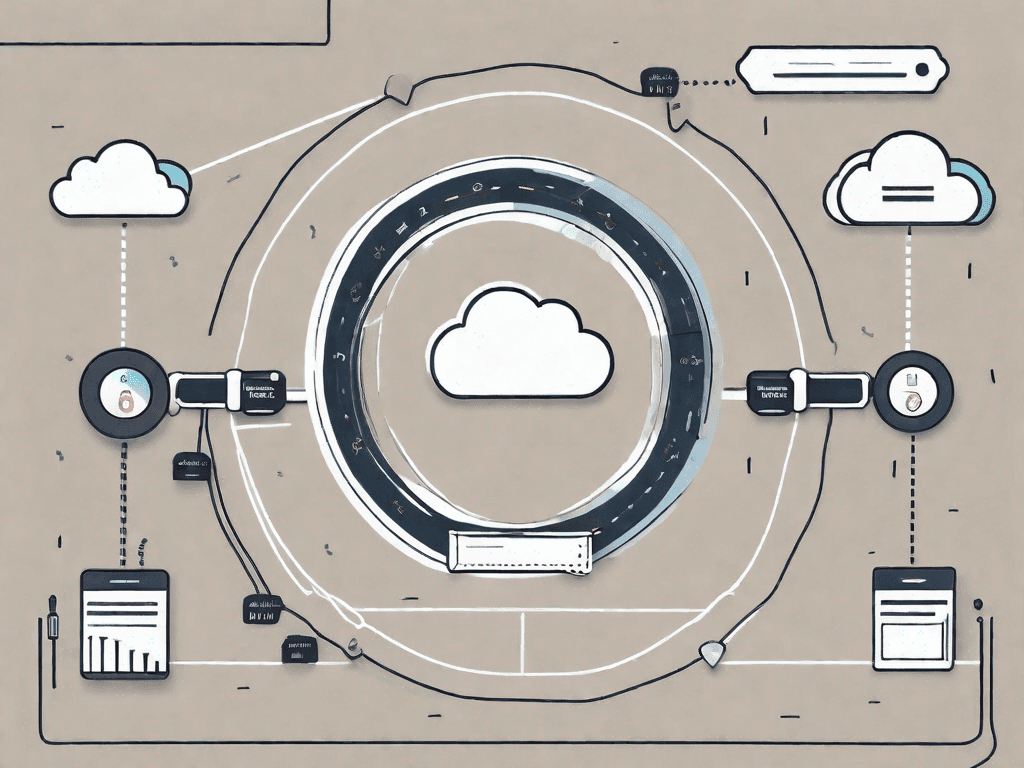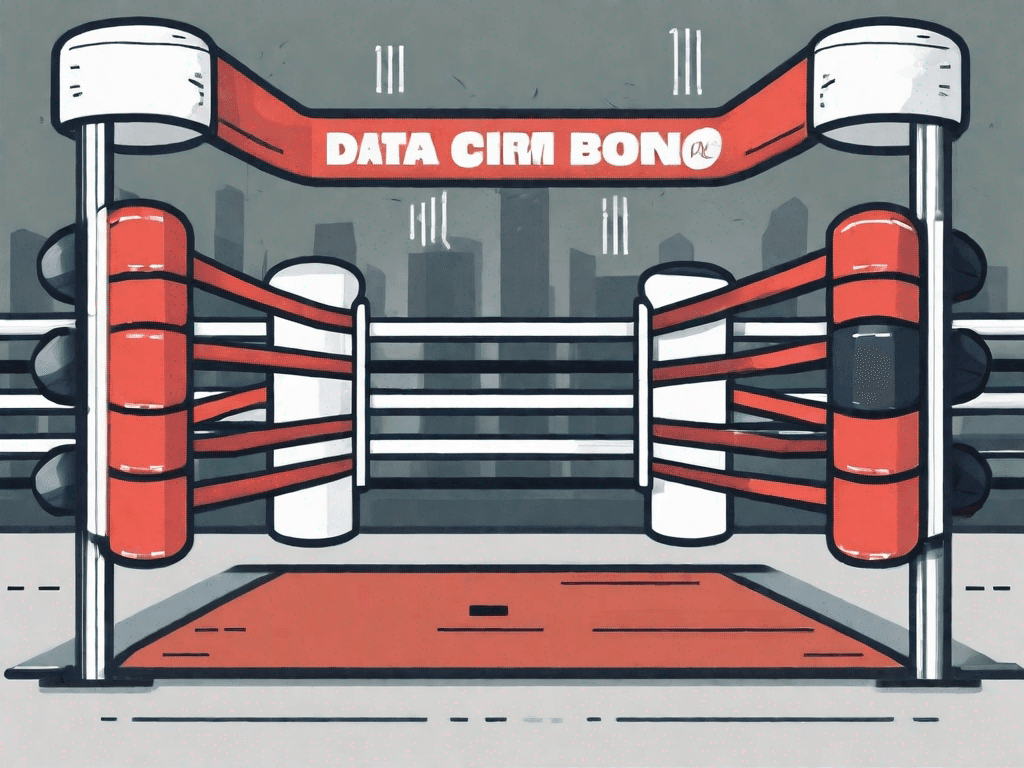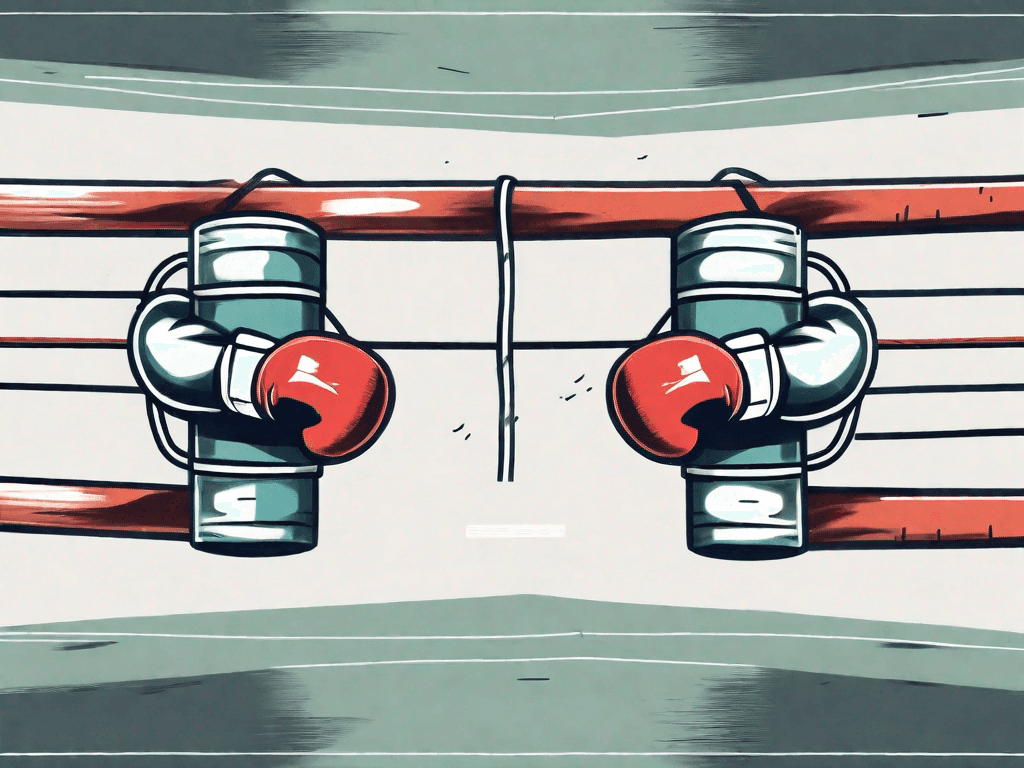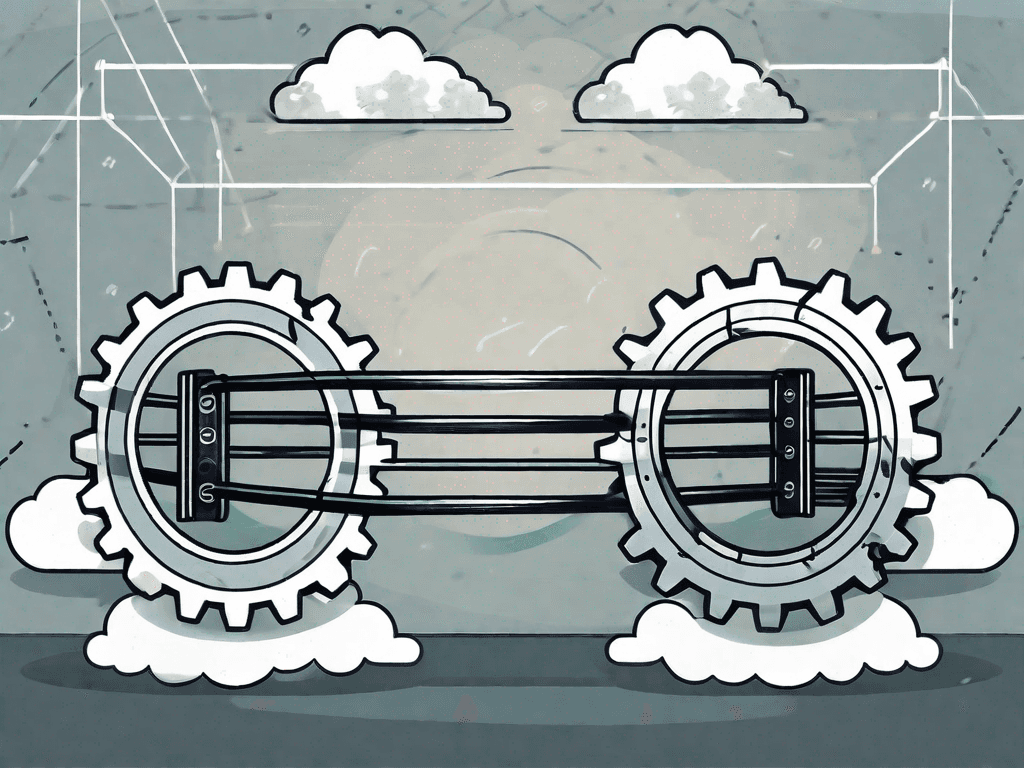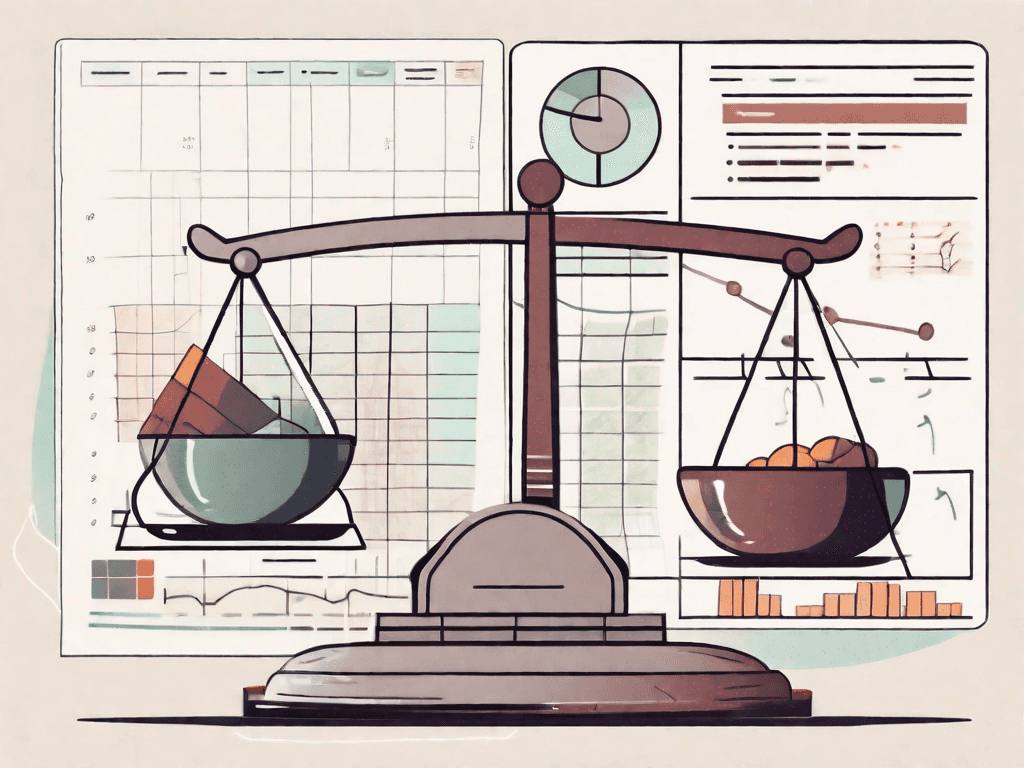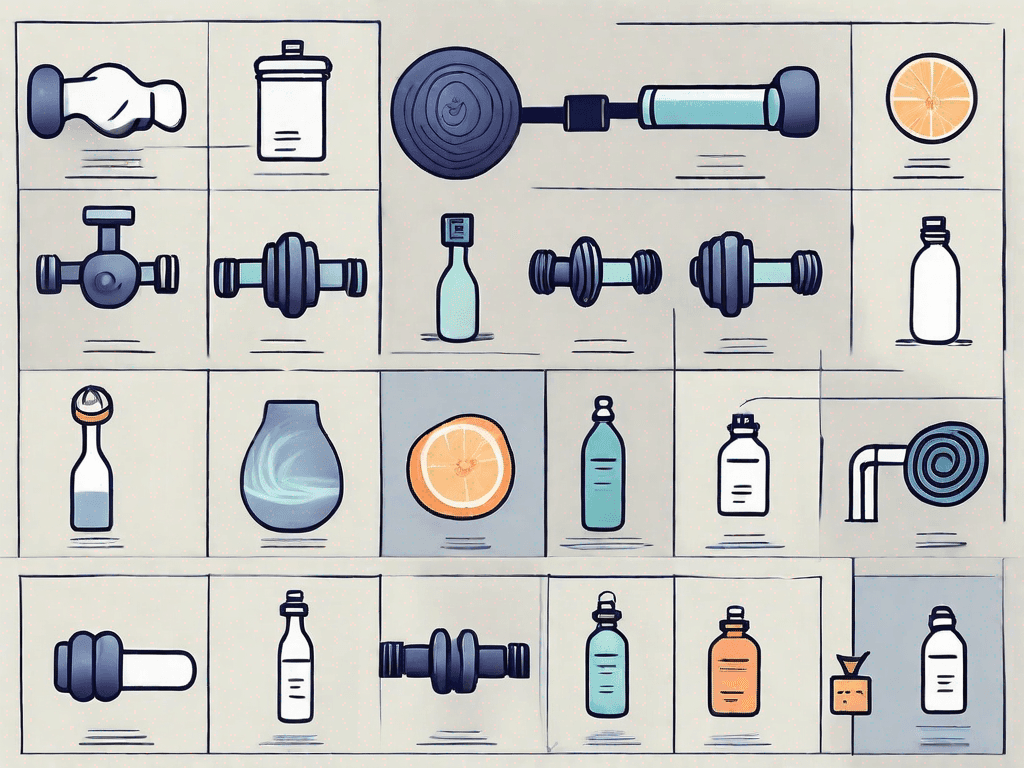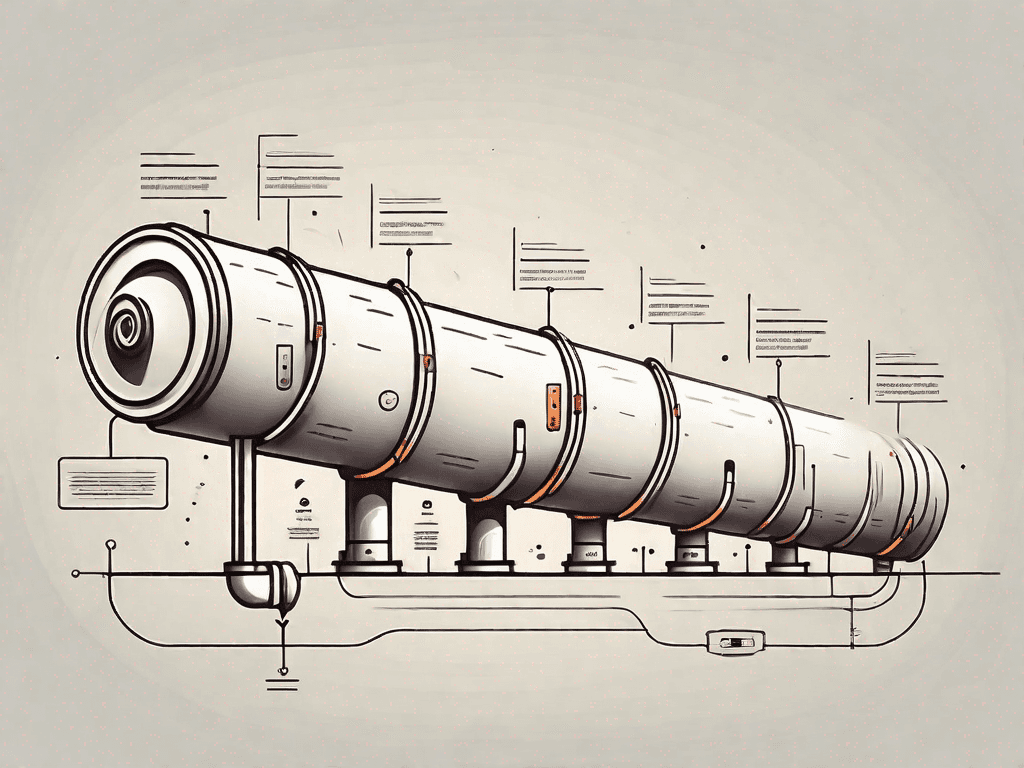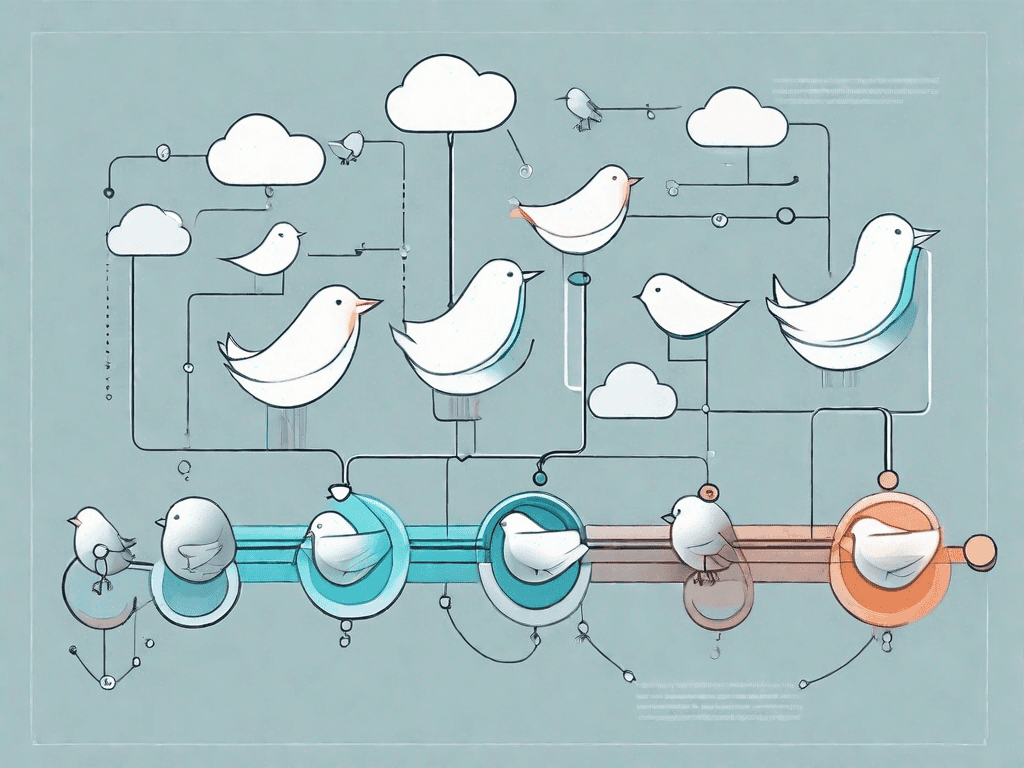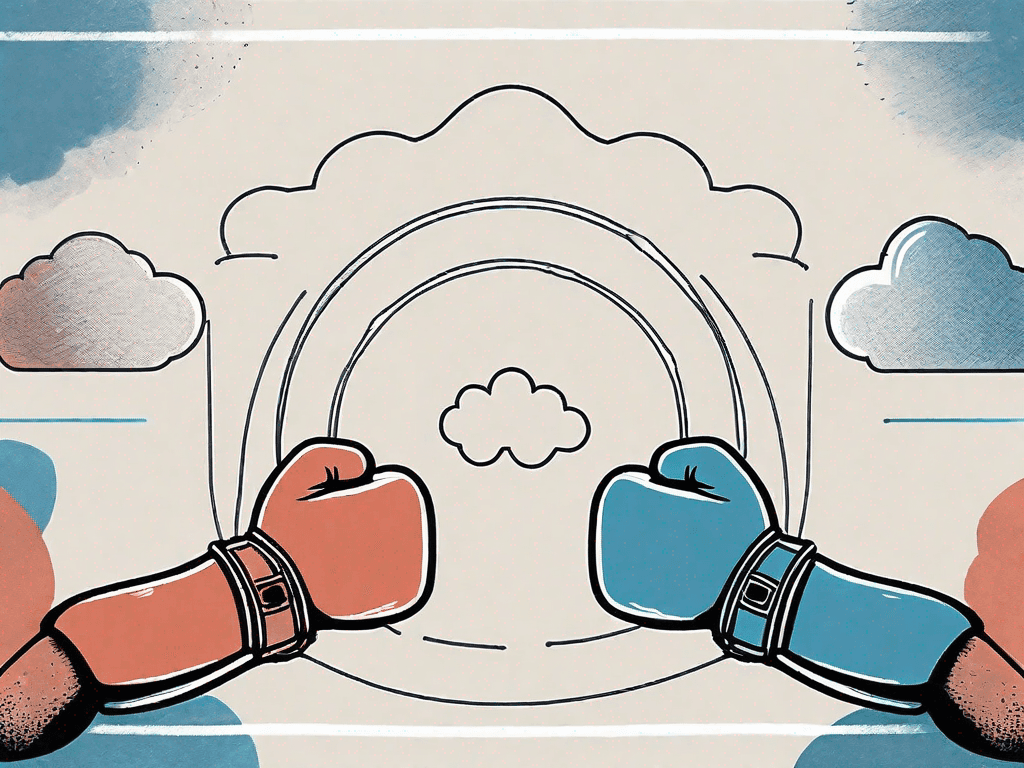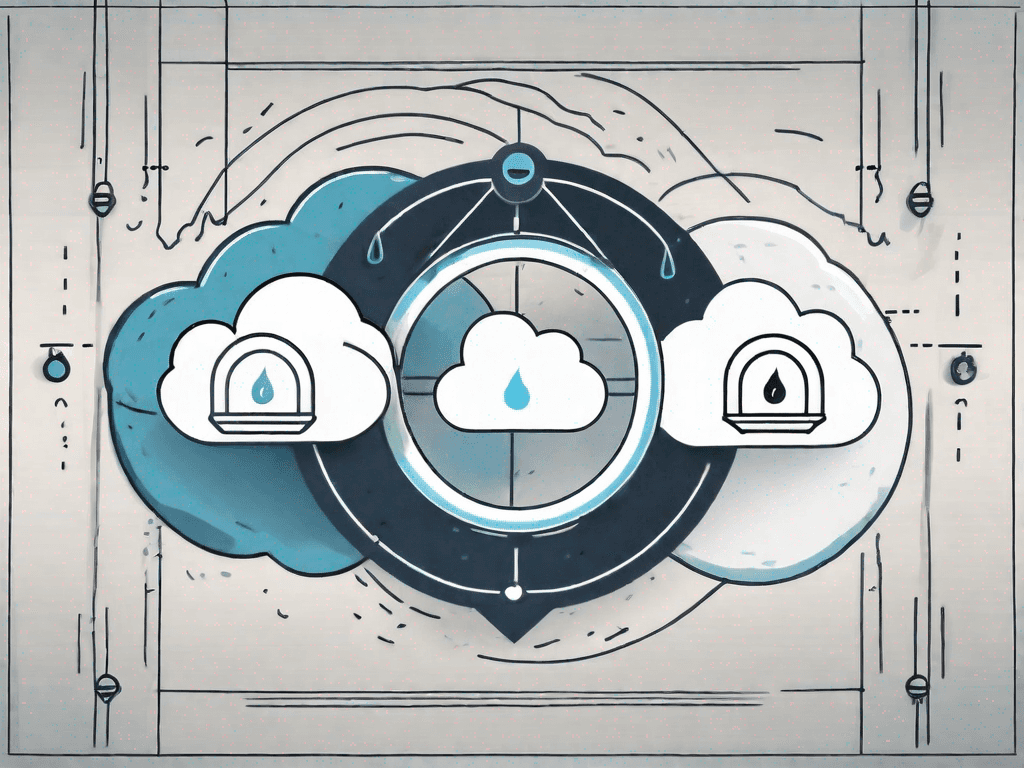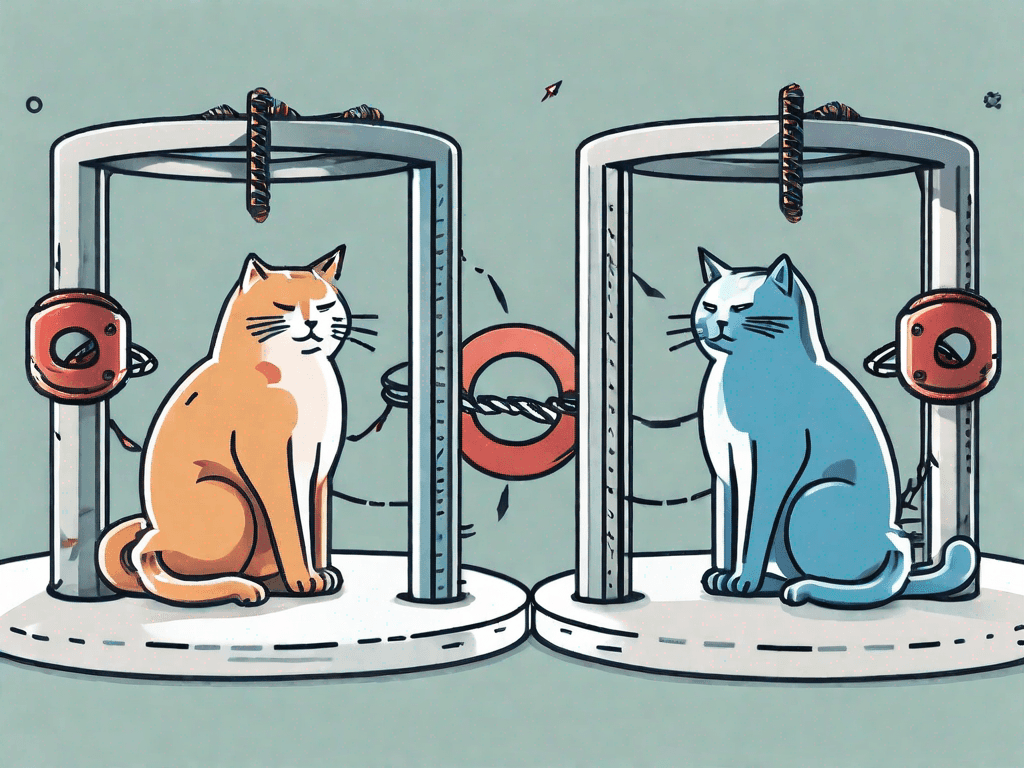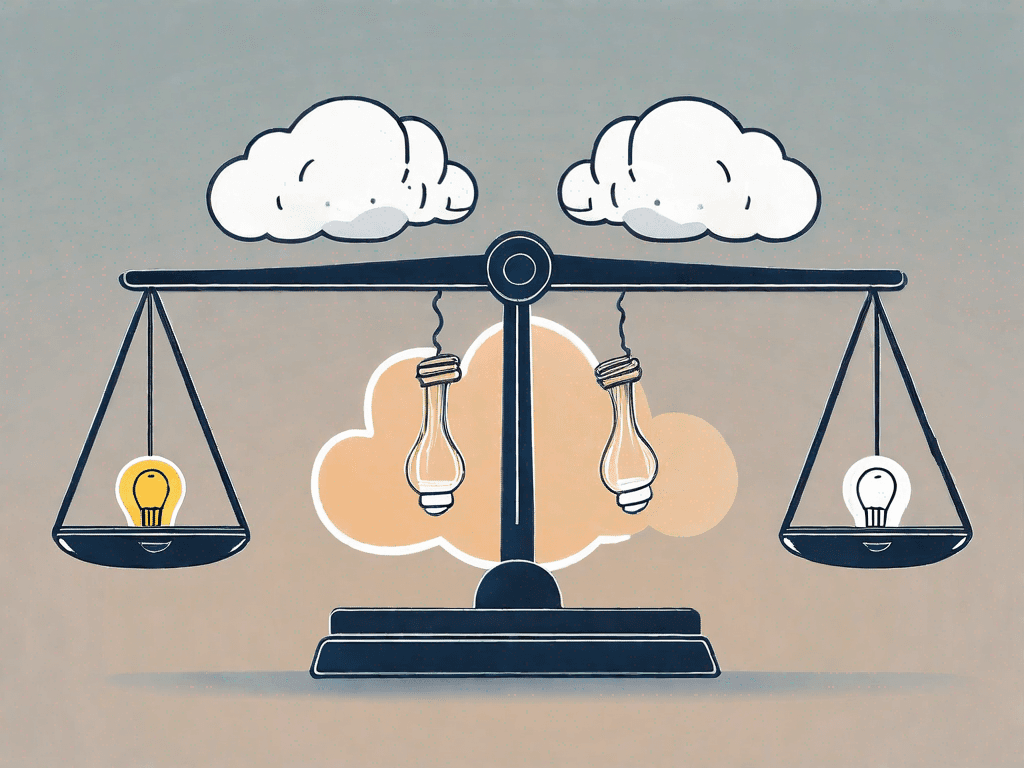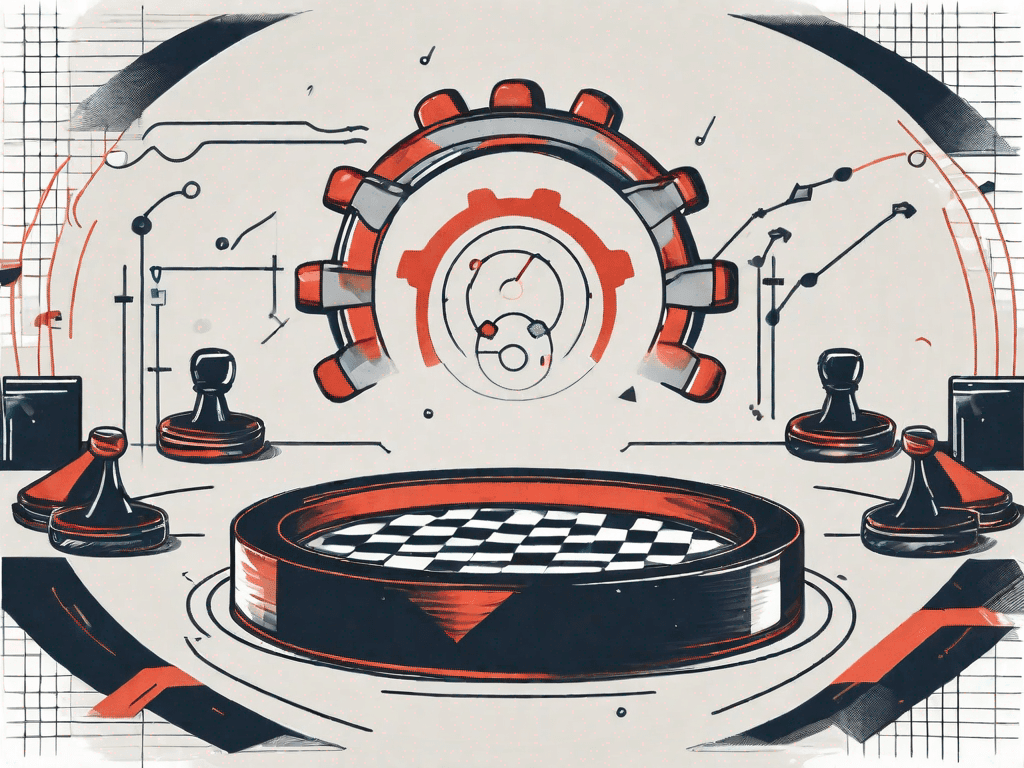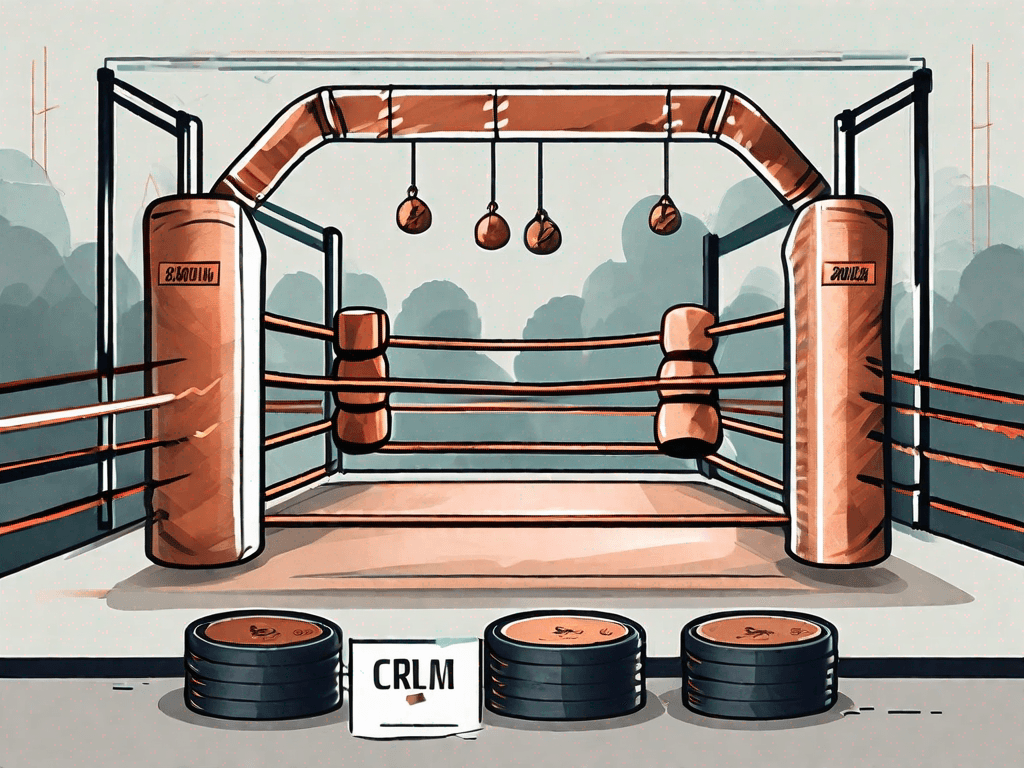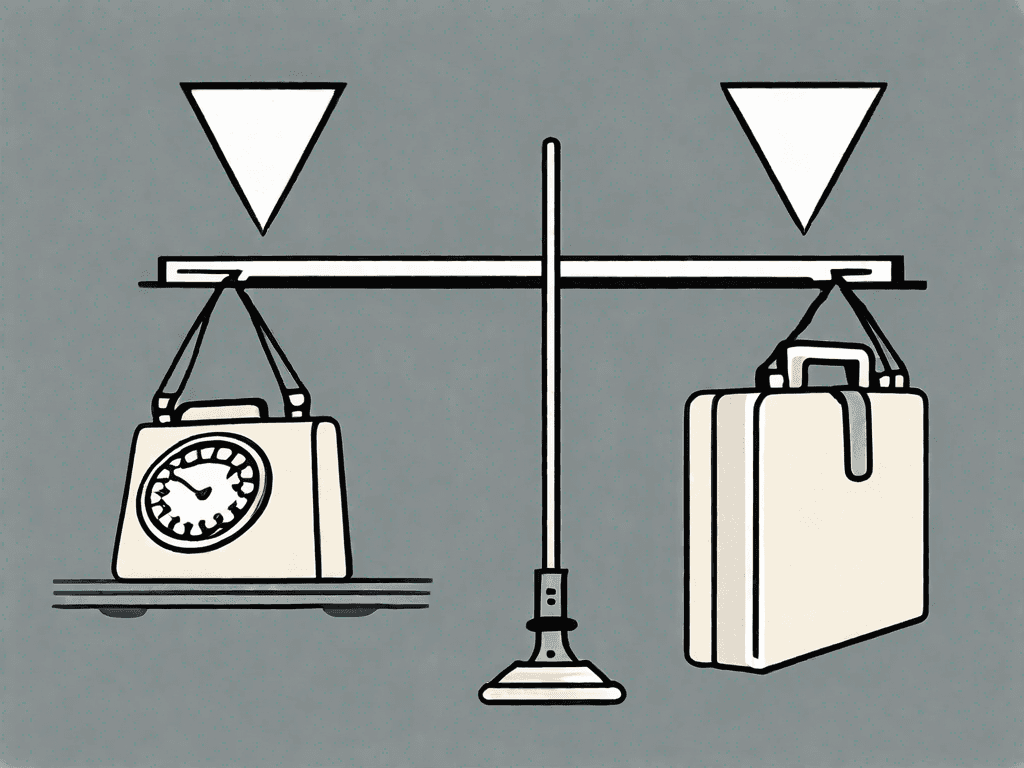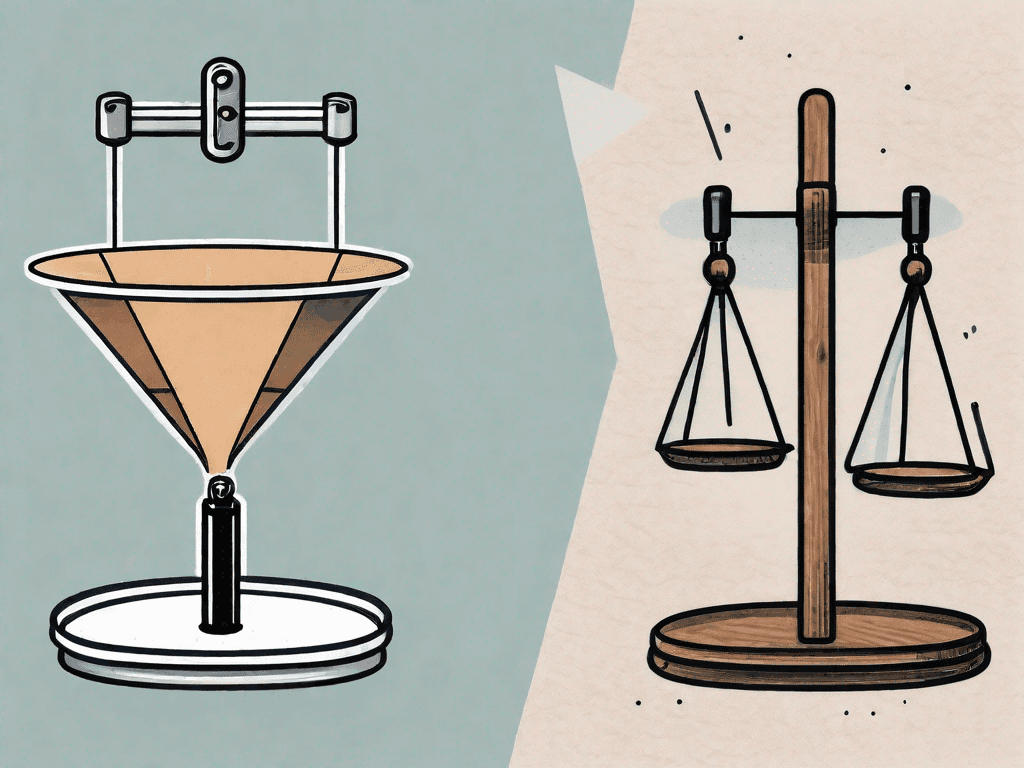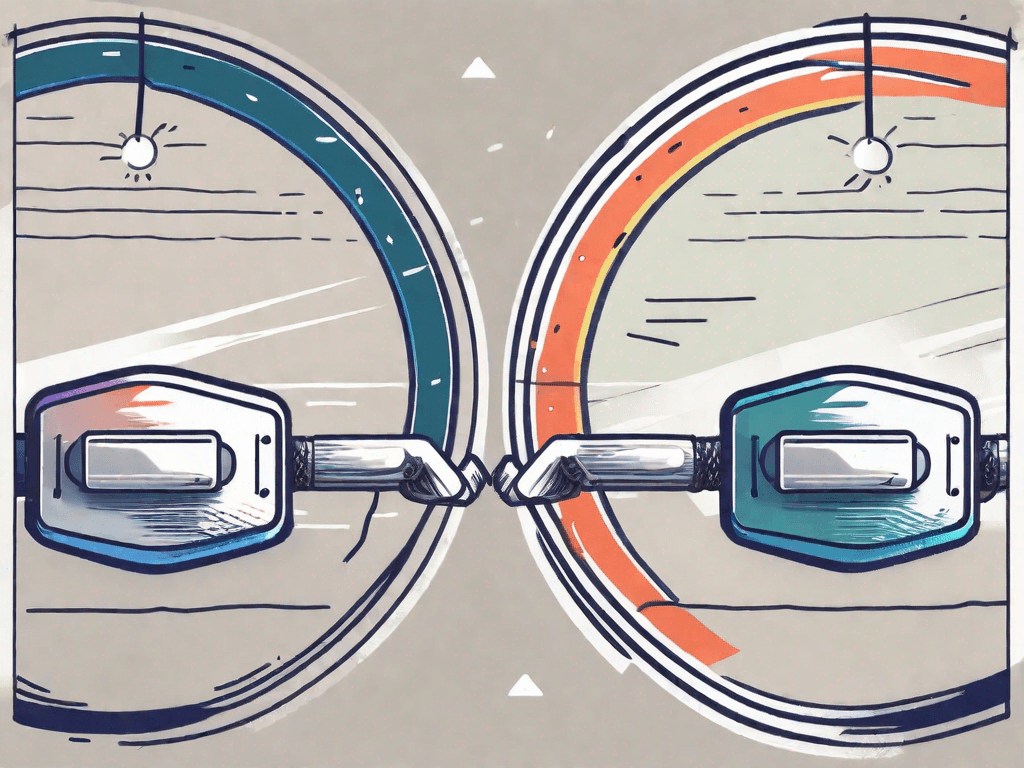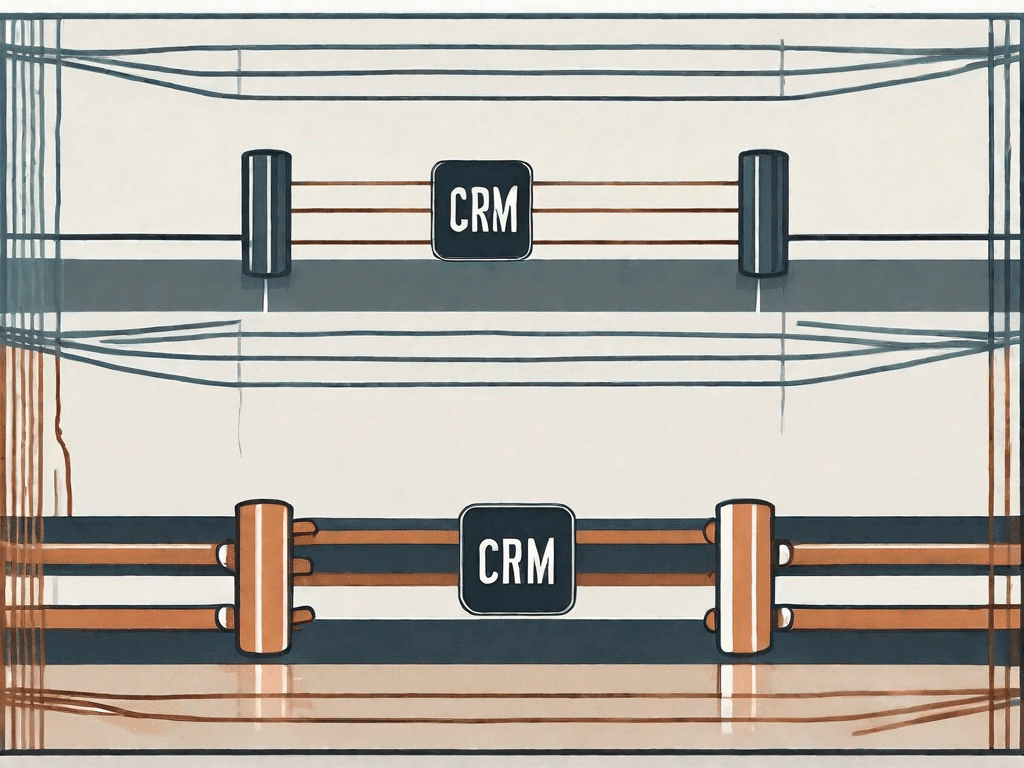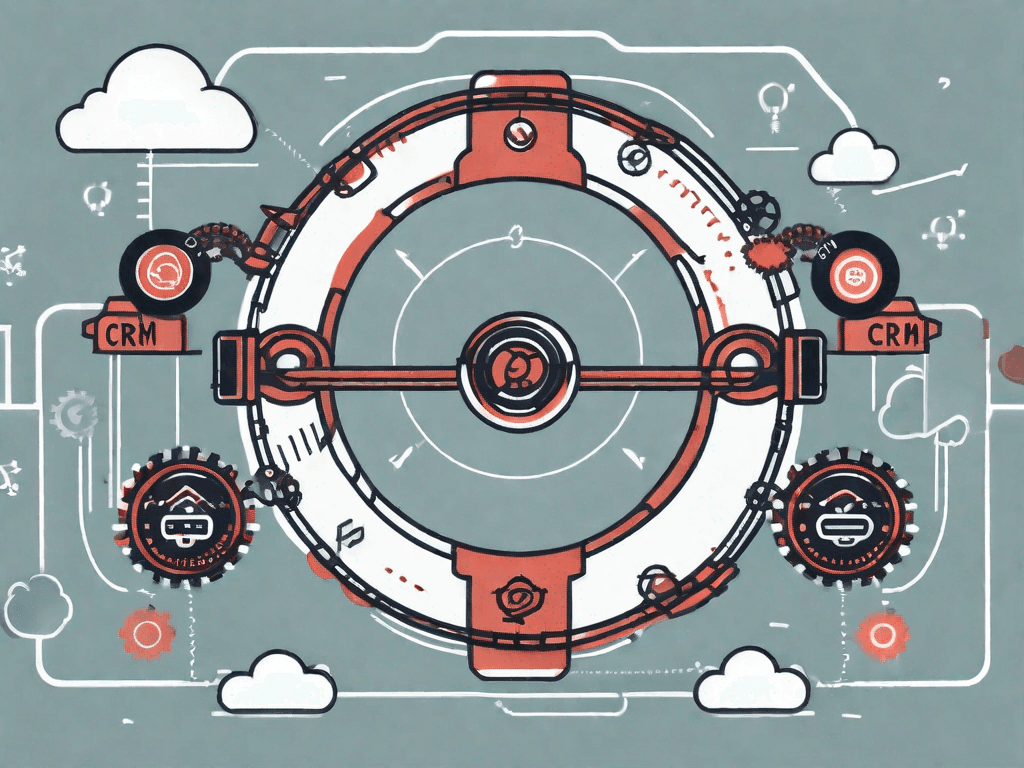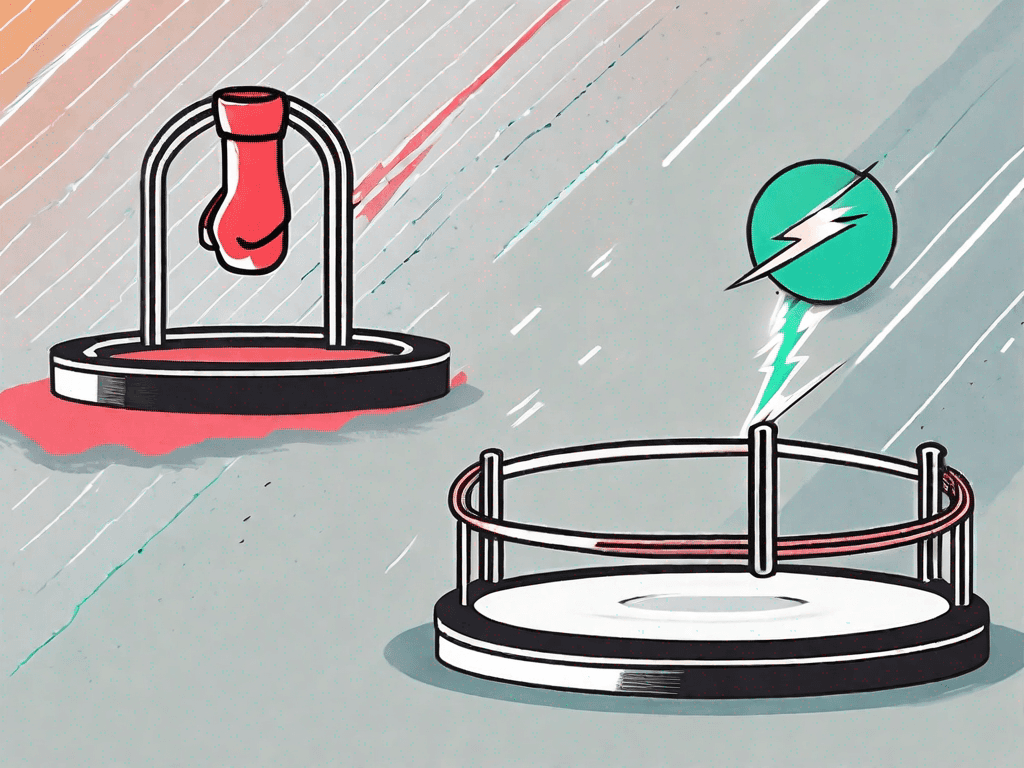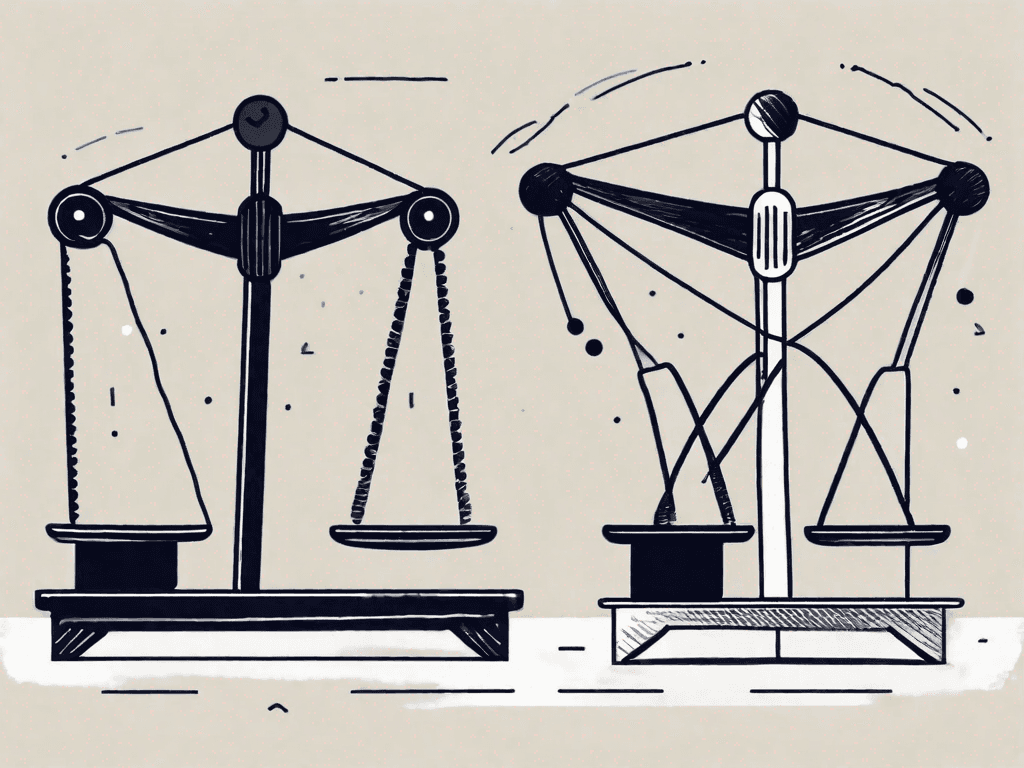
The Ideal Sales Pipeline Template for Life Insurance Agent
Life insurance agents play a crucial role in providing financial security to individuals and families. However, without an efficient sales pipeline, agents may find it challenging to navigate through the complex process of selling insurance policies. In this article, we will explore the ideal sales pipeline template for life insurance agents, including the stages they should have and an example of the customer journey. Additionally, we will discuss why life insurance agents need this sales pipeline template and how it can benefit them in saving time and growing revenues
The 7 Sales Pipeline Stages a Life Insurance Agent Should Have
Life insurance agents play a crucial role in helping individuals secure their financial future. To effectively navigate the sales process, agents should have a well-defined sales pipeline consisting of seven stages. Let's explore each stage in detail:
Prospecting:
At the beginning of the sales pipeline, life insurance agents engage in prospecting activities to identify potential clients. This stage involves researching and identifying individuals who may benefit from life insurance coverage. Agents utilize various sources such as online databases, referrals, and networking events to find potential leads. It is essential for agents to gather as much information as possible to determine the needs and eligibility of potential customers.
Contacting and Qualifying:
Once potential leads have been identified, life insurance agents reach out to them to initiate contact. During this stage, agents assess the prospect's level of interest and qualification for life insurance. Conversations and meetings allow agents to understand the client's financial situation and insurance requirements. By asking relevant questions and actively listening, agents can gather valuable insights that will guide them in the subsequent stages of the sales process.
Needs Analysis:
In this stage, life insurance agents conduct a comprehensive needs analysis to identify the type and amount of coverage that best suits the client. They assess factors such as the client's age, dependents, income, debts, and long-term goals. By understanding the client's needs, agents can tailor their offerings to provide optimal coverage and address any concerns. This stage requires a deep understanding of different insurance products and their suitability for various life situations.
Presenting Solutions:
After analyzing the client's needs, life insurance agents present suitable insurance solutions. This stage involves explaining the available policies, their features, and the associated costs. Agents focus on highlighting the benefits and value of each option to ensure the client understands the advantages of obtaining life insurance. They may use visual aids, such as charts and graphs, to simplify complex information and make it easier for the client to make an informed decision.
Handling Objections:
During the sales process, potential clients may have concerns or objections regarding life insurance. In this stage, life insurance agents address these objections and provide clarifications to alleviate any doubts. Agents should anticipate common objections and be prepared with effective responses to build trust and instill confidence in the client's decision. By addressing objections promptly and professionally, agents can overcome barriers and move closer to closing the sale.
Closing the Sale:
Once the client is convinced of the value of life insurance, it is time to close the sale. Life insurance agents guide the client through the application process, ensuring all necessary paperwork is completed accurately and efficiently. This stage requires attention to detail and a strong understanding of the administrative procedures. Agents may also assist clients in selecting the most convenient payment options and explaining the terms and conditions of the policy.
Follow-Up and Customer Relationship Management:
The sales process doesn't end once the policy is sold. Life insurance agents maintain a long-term relationship with their clients by providing ongoing support and addressing any concerns. Regular check-ins and updates keep the communication channels open and ensure the client's satisfaction and loyalty. Agents may also offer additional services, such as policy reviews and recommendations for adjusting coverage as the client's circumstances change.
By implementing these seven sales pipeline stages, life insurance agents can streamline their sales process, build strong relationships with clients, and ultimately help individuals protect their loved ones and secure their financial future.
Example of the Customer Journey in a Sales Pipeline for Life Insurance Agent Step-by-Step
Let's explore a step-by-step example of how a customer may progress through the sales pipeline:
John, a 35-year-old individual with a growing family, becomes aware of the need for life insurance to protect his loved ones.
A life insurance agent, Sarah, reaches out to John after identifying him as a potential client.
Sarah conducts a thorough needs analysis to understand John's financial situation and insurance requirements.
Based on the analysis, Sarah presents John with suitable life insurance solutions tailored to his needs.
John expresses concerns about the cost of life insurance, to which Sarah provides a clear explanation of the associated benefits and affordability.
Convinced of the importance of life insurance, John decides to proceed with the application process.
Sarah guides John through the paperwork, ensuring all necessary information is accurately recorded.
After the policy is in place, Sarah follows up with John periodically to address any questions or concerns.
This example highlights the stages of the sales pipeline and the customer journey, illustrating how a potential lead can be successfully converted into a satisfied policyholder.
John, a 35-year-old individual with a growing family, finds himself at a crossroads in life. He realizes that he needs to take steps to protect his loved ones in case something unexpected happens to him. After some research and discussions with friends, he becomes aware of the need for life insurance.
Meanwhile, Sarah, a diligent and experienced life insurance agent, is constantly on the lookout for potential clients. Through her extensive network and market research, she identifies John as a potential lead. Recognizing the importance of reaching out at the right time, Sarah decides to contact John and offer her expertise.
When Sarah reaches out to John, she does so with a genuine desire to understand his unique situation. She conducts a thorough needs analysis, delving into John's financial situation, his family's future goals, and his insurance requirements. By taking the time to truly understand John's needs, Sarah can provide him with the most suitable life insurance solutions.
Armed with the knowledge gained from the needs analysis, Sarah presents John with a range of life insurance options that are tailored to his specific circumstances. She explains each policy in detail, highlighting the benefits and coverage they offer. Sarah ensures that John understands the importance of each policy and how it aligns with his goals of protecting his family's future.
During the discussion, John expresses concerns about the cost of life insurance. He worries that it might be an additional financial burden for his growing family. Sensing his apprehension, Sarah patiently addresses his concerns. She provides a clear explanation of the associated benefits and affordability of the life insurance policies she has recommended. Sarah emphasizes that the cost of life insurance is a small price to pay for the peace of mind it provides, especially considering the potential financial hardships that could arise without adequate coverage.
Convinced of the importance of life insurance, John decides to proceed with the application process. Sarah guides him through the paperwork, ensuring that all necessary information is accurately recorded. She takes the time to explain each section of the application, making sure that John understands what he is signing up for. Sarah's attention to detail and commitment to transparency instill a sense of trust and confidence in John.
After the policy is in place, Sarah doesn't consider her job done. She understands that building a long-term relationship with her clients is crucial. Sarah follows up with John periodically to address any questions or concerns that may arise. She wants to ensure that John feels supported throughout his journey as a policyholder and that he knows she is always there to assist him.
This example showcases the various stages of the sales pipeline and the customer journey in the context of a life insurance agent. It demonstrates how a potential lead, like John, can be successfully converted into a satisfied policyholder through personalized attention, clear communication, and a genuine commitment to their needs and concerns.
Why Life Insurance Agents Need This Sales Pipeline Template?
Now that we have explored the essential stages of the sales pipeline for life insurance agents, let's delve into why this template is crucial for their success.
1. You'll save time processing insurance applications as a Life Insurance Agent.
By following a structured sales pipeline, life insurance agents can efficiently guide clients through the application process. Having predefined stages and standardized procedures reduces the time spent on administrative tasks, allowing agents to focus more on building relationships and closing sales.
2. You'll grow revenues faster by selling more life insurance policies.
A well-designed sales pipeline helps life insurance agents maximize their revenue potential. By understanding and addressing the specific needs of clients at each stage, agents can effectively match them with suitable life insurance policies. This targeted approach increases the likelihood of closing more sales and generating higher revenues as agents offer tailored solutions to potential customers.
In conclusion, the ideal sales pipeline template plays a vital role in the success of life insurance agents. It provides a systematic approach to navigate the sales process, from prospecting to closing the sale and fostering customer relationships. By following this template, life insurance agents can save time, improve efficiency, and ultimately grow their revenues by successfully selling more life insurance policies.











![The 8 Best Social CRM Software in 2025 [Comparison]](https://framerusercontent.com/images/RYHyYapdgIi83BEWtMdX418.png)
![The 6 Best LinkedIn CRM in 2025 [Comparison]](https://framerusercontent.com/images/Luywfni7ZKjb19yghbhNPy4I4qQ.png)



![The 5 Best Twitter CRM [Comparison]](https://framerusercontent.com/images/EWcbvYnVZglJLO8jp3OlHkTvsHo.png)








